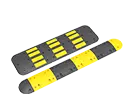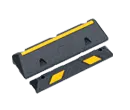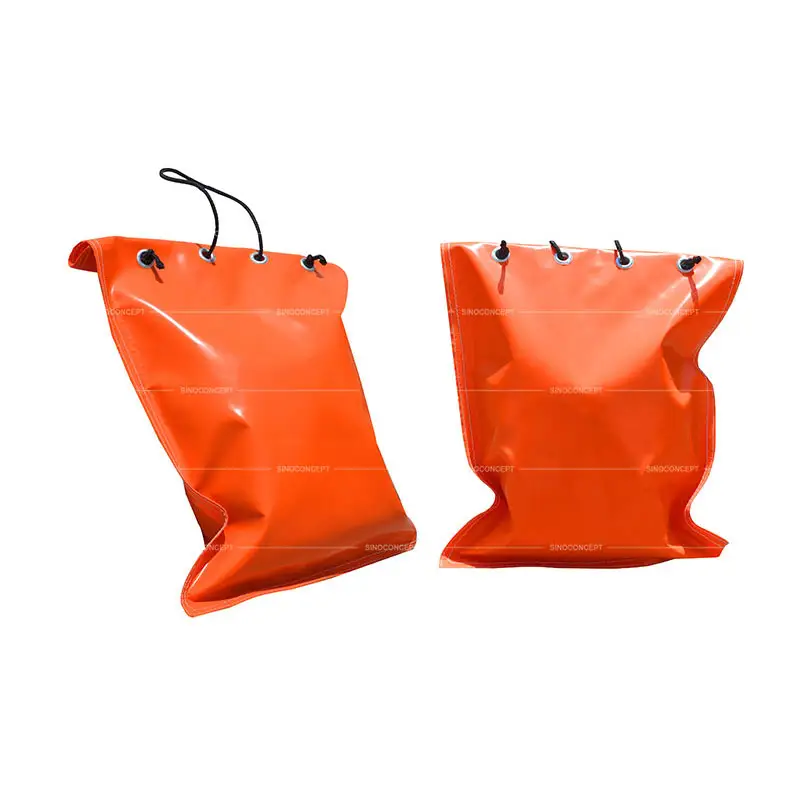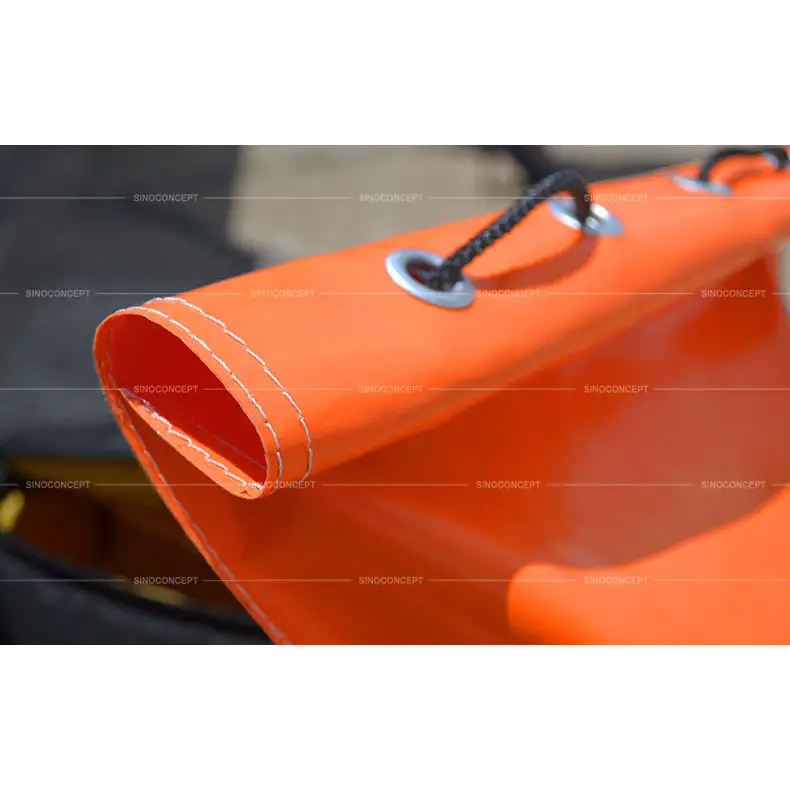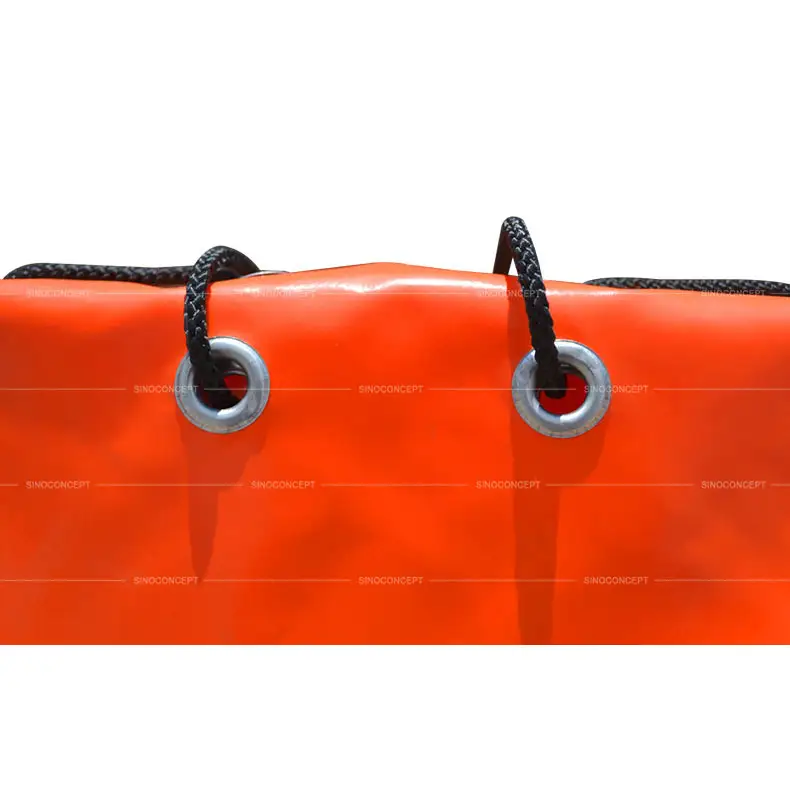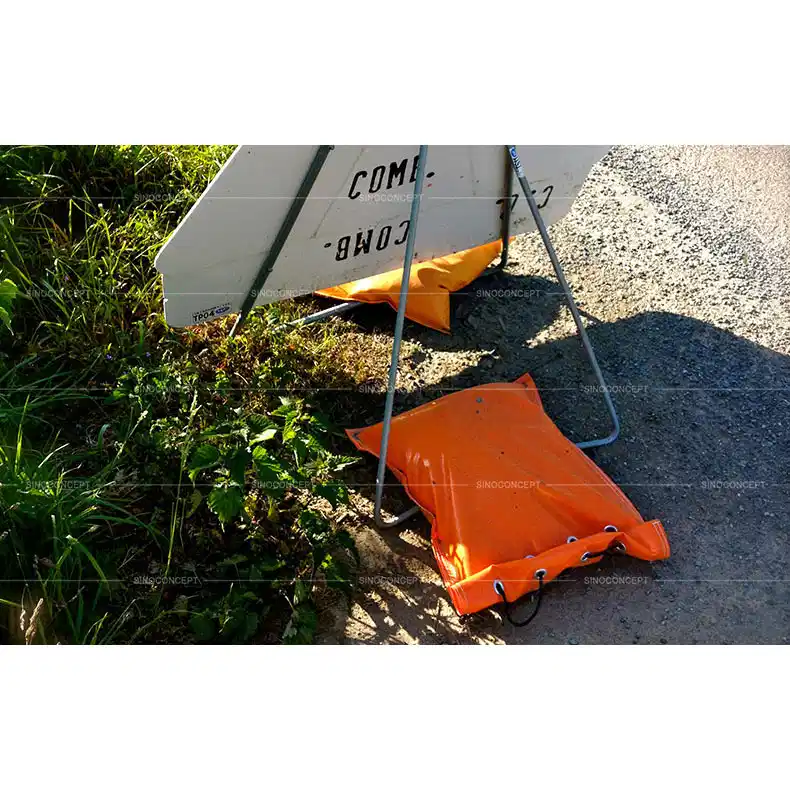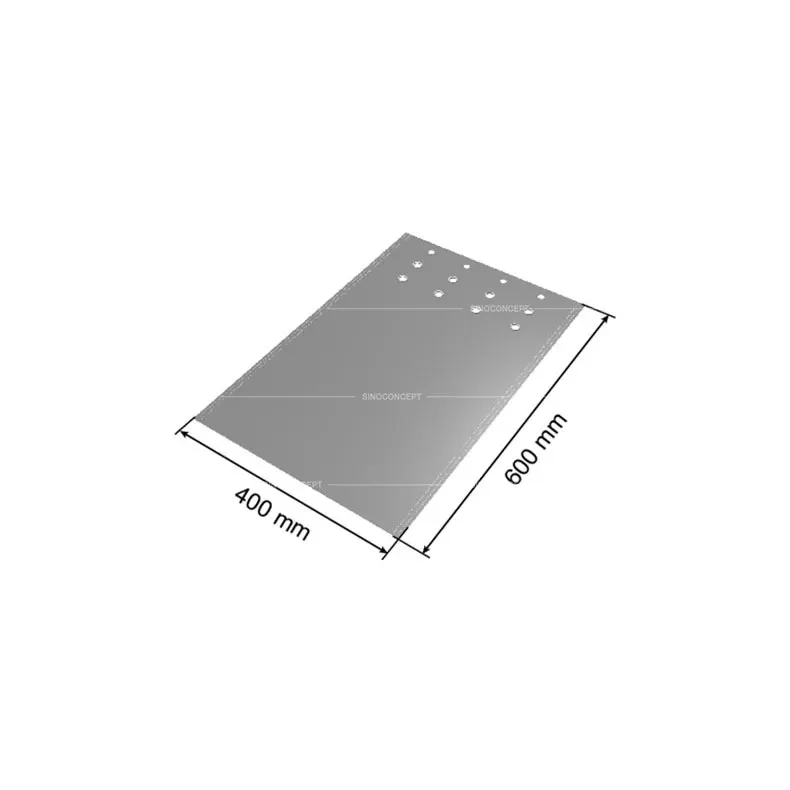Specifications and dimensions of our ballast sandbags
What Are Sandbags for Signs?
Not all sandbags are made for flood control. Many are specifically designed to stabilise signs and other traffic safety equipment, providing reliable weight to keep them secure and in place.
Common materials include polypropylene sandbags, PVC sand bags, jute sand bags, depending on different application.
Filled with sand, gravel, or other fillers, it becomes a simple yet effective way to ensure stability and safety in different environments.
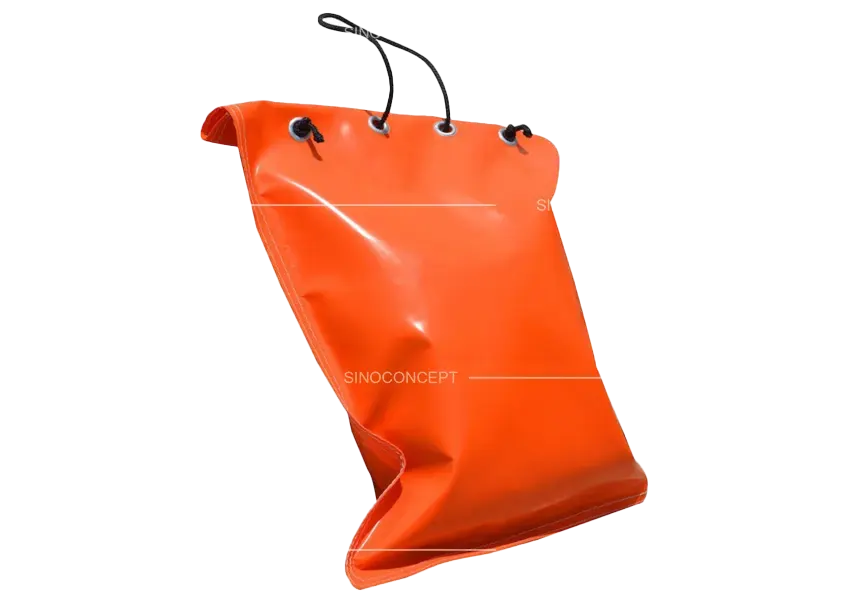
Our Factory Direct Price Sand Bags for Sale
Sino Concept’s orange sandbags are a reliable and simple solution to weigh down temporary signs, posts or barriers.
Our sand bags are made for tough outdoor use with double-stitched seams and 8 aluminium eyelets, helping stop signs or temporary barriers from falling or moving because of wind or cars.
With a full capacity of up to 15 kg, our PVC sand bags provide the stability on roadwork or event sites. The bright colour improves visibility, and the UV protection.
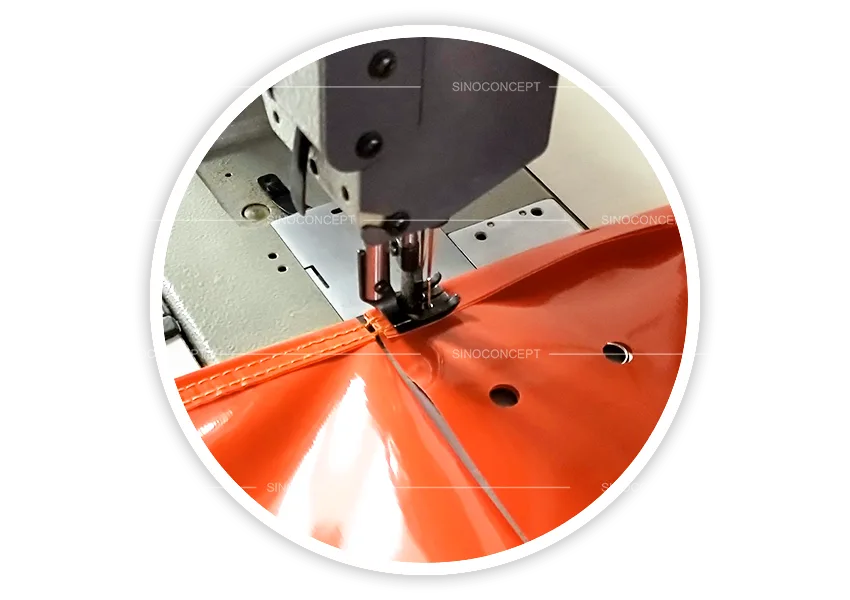
Why Choose Our Heavy Duty PVC Sandbags?
If you are looking for trusted suppliers of sandbags, Sino Concept ensures strict quality control. See our product designs and benefits below.
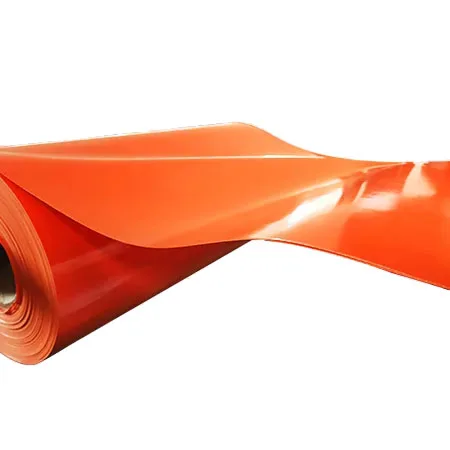
Fully Weatherproof
Made from durable PVC-coated fabric, our UK sandbags resist rain, mud, and sun, ensuring reliable performance throughout the year.
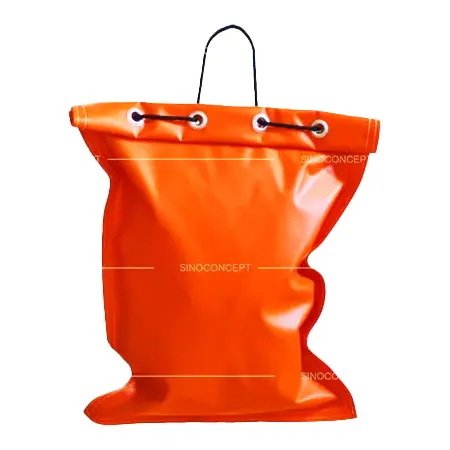
Strong Weight Support
Once filled, Sino Concept heavy-duty PVC sandbags can weigh up to 15 kg, offering dependable ballast for temporary road signs, traffic cones or barriers.
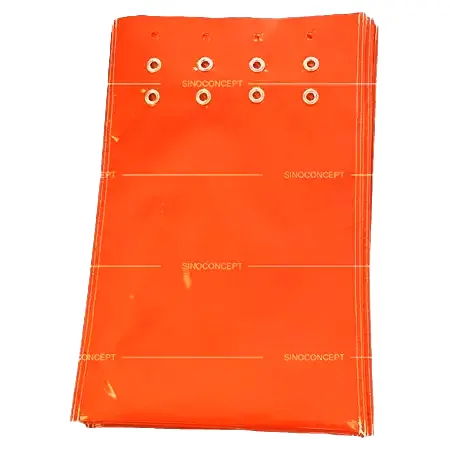
Easy to Delivery
Supplied unfilled, our empty sandbags for sale are light and compact for easy transport. This makes stock management simple and allows end-users to fill them on-site and set up quickly.

Customisation Available
We can add logo with screen printing on our orange sand bags, suitable for different worksites and applications.
Common Uses of Our PVC Sandbags
Our orange sand bags for adding weight are commonly applied in:
- Road construction and repair projects
- Traffic sign or cone stabilisation
- Temporary barriers and warning panels
Our PVC sandbags are especially useful in windy or open areas, where signs may shift due to strong weather or passing vehicles.
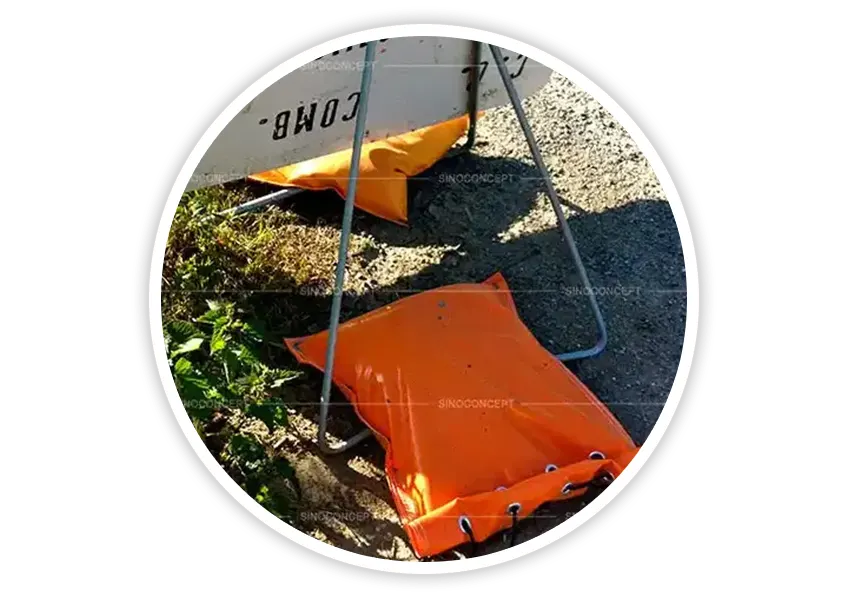
Not Only Buy Sandbags From Us, Get More For Your Business!
We offer a wide range of strictly quality-controlled traffic control equipment, helping your business grow with trusted safety solutions.
| Picture | Range | Difference |
|---|---|---|
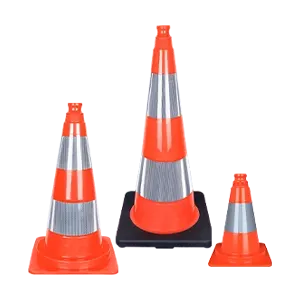
|
Traffic Cones | Tough and visible cones for marking unsafe areas or guiding vehicles. |
|
|
Road Beacons and Traffic Beacons | Reflective panels for lane guidance and warning signage in roadworks or low-visibility zones. |
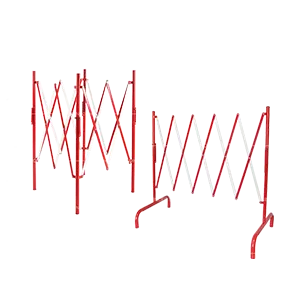
|
Expandable Safety Barriers | Easy-to-use and foldable barriers, ideal for quickly closing off work zones or unsafe areas. |
All these simple and safe equipment from us come at factory-direct prices, just like our PVC sandbags.
Get in Touch for Pricing and Orders!
If you’re asking “Where can I purchase sandbags at factory prices?”, choose Sino Concept and buy direct from a sand bags manufacturer!
Our unfilled sandbags provide extra stability for road signs and help ensure efficient traffic control.
If you need pricing, sand bags bulk orders or more details of dimensions, contact our team today!




